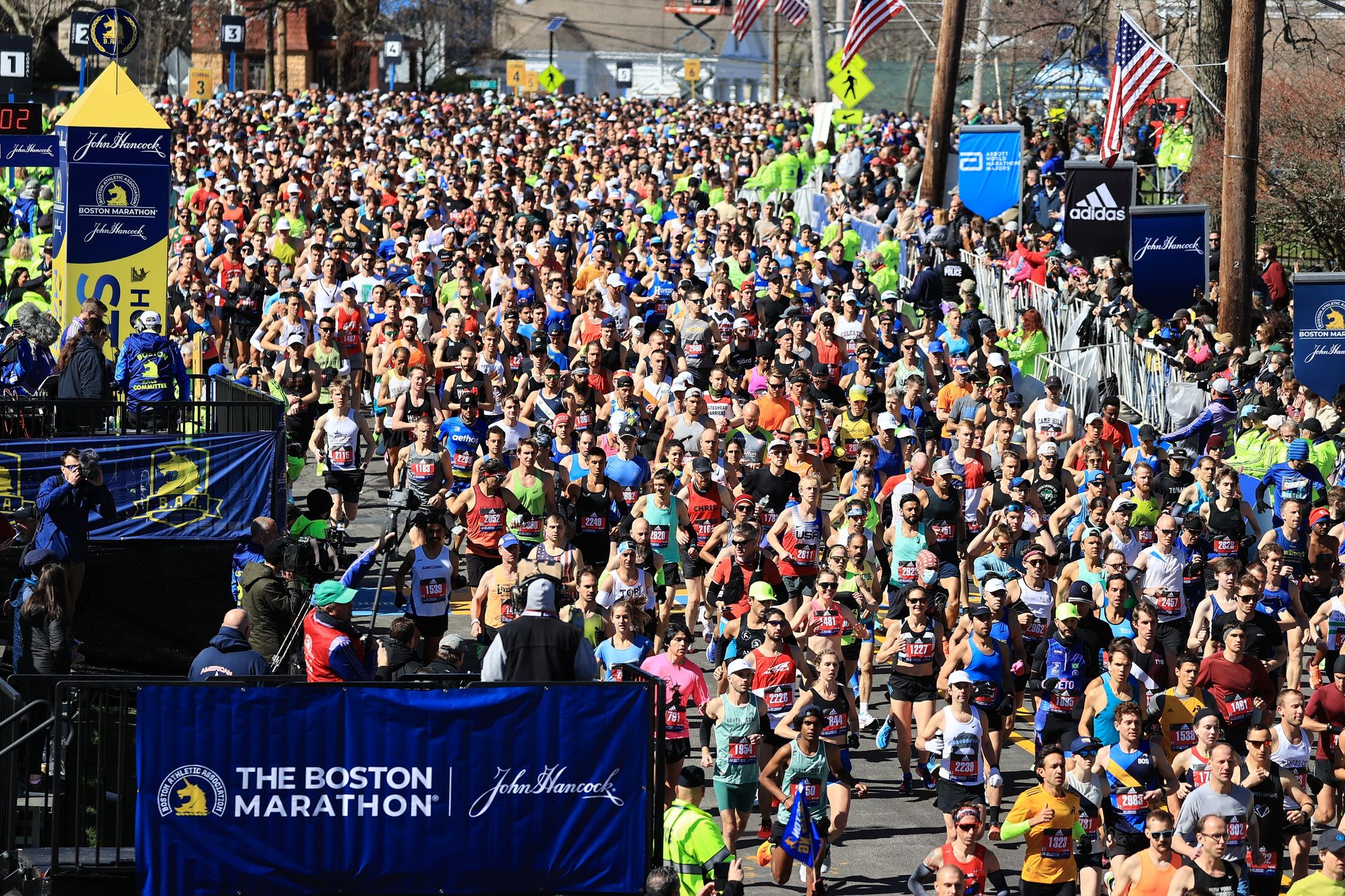We love new data. It gives us new knowledge, which helps us inform new behaviors that can improve our performance, especially on race day.
Here are 10 ways you can improve your next race day:
- Get to Know the Best Fuel Sources for You
More specifically, how does your chosen fuel (or different fuel options) impact your energy levels? How long do they take to work? How much of a bump do they give you? And how long do they last? We recommend testing different fuels in relatively controlled settings. It’s important to know what a given fuel will do so you can use it strategically to deliver stable energy and keep you feeling good. - Know Your Fueling Preference: Sip or Gulp?
There was some heated discussion around a recently released paper that suggested taking larger ‘gulps’ (rather than smaller ‘sips’) improved carbohydrate oxidation rates in runners. It is important to know what works in general to have a better understanding of what’s optimal, but what really matters is what works for best you. You can test, track performance and feeling, and look inside to see your individual take on the sip or gulp conundrum. - Race Week Fueling Strategy
Slowly and steadily increase your carbs. Your goal should be 10-12g of carbohydrate/kg/24h of bodyweight for 36-48 hours prior to the race. Don’t worry if the scale goes up in this time, each gram of glycogen is stored with about 3-4g of water, so you will see the scale number go up AND THAT’S THE PLAN. For an example of carbohydrate loading see this article which covers Supersapiens in the Boston Marathon. - Track your Carb Loading
Try to increase your Trailing Average Glucose by 5-10mg/dL in the 24 hours leading into the race. This has correlated with carbohydrate loading protocols and performance. - Race Day Priming
Have a carbohydrate rich meal about 4 hours before your race and try to avoid any additional metabolic imbalance (glucose instability) over the next 4 hours before the start of the race, unless you want to have something small on the start line. - Make Fueling Decisions with Your Real-Time Glucose Data
Once the gun goes, nail your fueling using live glucose data to ensure you are fueling optimally – high enough glucose levels, no steep drops or lows, and more glucose stability. The benefit of live glucose visibility is that you can use it to make some fueling decisions, rather than hope some predefined, one-size-fits-most plan works out. - Recover: Refuel appropriately
A major piece of recovery is refueling—specifically with carbohydrates. Make sure you are getting the right amount of carbohydrates at the right time to replenish your fuel stores and support other metabolic functions that repair your muscles. In fact, post exercise, you have a key window for recovery: the glycogen replenishment window. During this period, your body is primed for recovery and ready to uptake nutrients. The recommendations for intake in this timeframe are: 1.2g carbohydrates/kg of bodyweight/hour for 3-4 hours (this should be a mixture of fructose and glucose) and around 1g protein/kg of bodyweight. The combination of carbs and protein help facilitate more efficient muscle protein synthesis. Don’t forget that hydration is a key part of this recovery process too! - Train Your Gut
Marathons depend heavily on intake of carbohydrates, and intakes about 60g/hr mean you need to train your gut to properly absorb this fuel without causing any gastrointestinal issues. Gut training can take many forms, but the easiest is using a similar strategy to what you plan on race day during at least a few longer training runs. - Track Your Status
Marathon training is tough, and injuries and overtraining are not uncommon. Recently there has been discussion in the scientific literature around underfueling and common pathways with overtraining. There are also some athletes who are noticing that low glucose levels (especially at night) are correlating with heavier training blocks and/or lower intakes. This may represent a “canary in the coal mine” of sorts when it comes to marathon training. To better understand glucose and how it reflects your metabolic state, check this article out. - Enjoy the Coffee
Coffee, one of the most popular beverages in the world and runners are no different. Enjoying a coffee with you post workout meal can help increase glycogen resynthesis rate, so enjoy the cup knowing that it is probably helping recovery!
Bonus Tip; Should you train fasted?
References:
- Mears SA, Boxer B, Sheldon D, Wardley H, Tarnowski CA, James LJ, Hulston CJ. Sports Drink Intake Pattern Affects Exogenous Carbohydrate Oxidation during Running. Med Sci Sports Exerc. 2020 Sep;52(9):1976-1982. doi: 10.1249/MSS.0000000000002334. PMID: 32168107. https://pubmed.ncbi.nlm.nih.gov/32168107/
- Fernández-Elías VE, Ortega JF, Nelson RK, Mora-Rodriguez R. Relationship between muscle water and glycogen recovery after prolonged exercise in the heat in humans. Eur J Appl Physiol. 2015 Sep;115(9):1919-26. doi: 10.1007/s00421-015-3175-z. Epub 2015 Apr 25. PMID: 25911631. https://link.springer.com/article/10.1007/s00421-015-3175-z
- Thomas DT, Erdman KA, Burke LM. Position of the Academy of Nutrition and Dietetics, Dietitians of Canada, and the American College of Sports Medicine: Nutrition and Athletic Performance. J Acad Nutr Diet. 2016 Mar;116(3):501-528. doi: 10.1016/j.jand.2015.12.006. Erratum in: J Acad Nutr Diet. 2017 Jan;117(1):146. PMID: 26920240. https://www.jandonline.org/article/S2212-2672(15)01802-X/fulltext
- Olsson, K.-E. and Saltin, B. (1970), Variation in Total Body Water with Muscle Glycogen Changes in Man. Acta Physiologica Scandinavica, 80: 11-18. https://doi.org/10.1111/j.1748-1716.1970.tb04764.x
